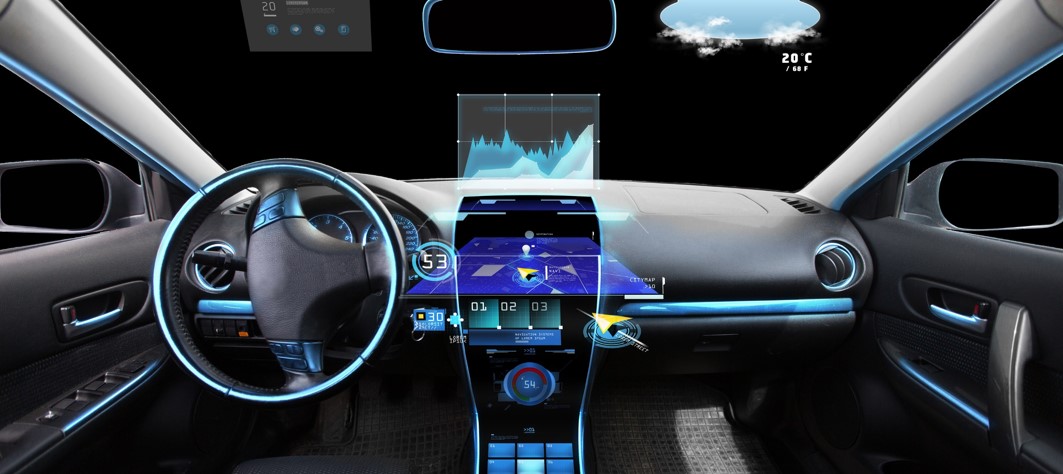5 Innovative Technologies Tackling Women’s Health Challenges
In the United States, heart disease is the number one cause of death in women, responsible for about 1 in 4 female deaths. But only 54% of women realize this, and many are not diagnosed until it is too late. In fact, 64% of women who die of coronary disease do not have any previous symptoms, or at least do not recognize such symptoms, according to the U.S. Centers for Disease Control. Another disease, cervical cancer, which when caught early can be treated with much success, can be fatal if not detected. Of the 275,000 women who die each year around the world from this disease, 85% are in poor countries, where screening is not as accessible as in the United States and Europe. As we see here, in the field of women’s health, there are a number of factors, including perception, education, and access to care that can mean the difference between life and death. These statistics are sobering, but there are many changes in progress that leave room for optimism, including developments in the high-tech field. There...
Read More







